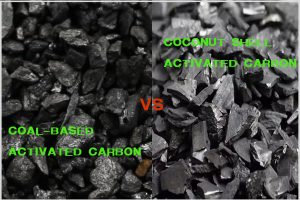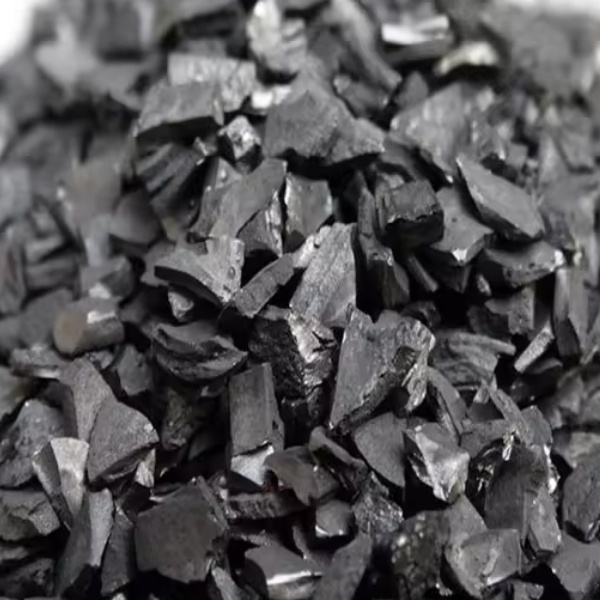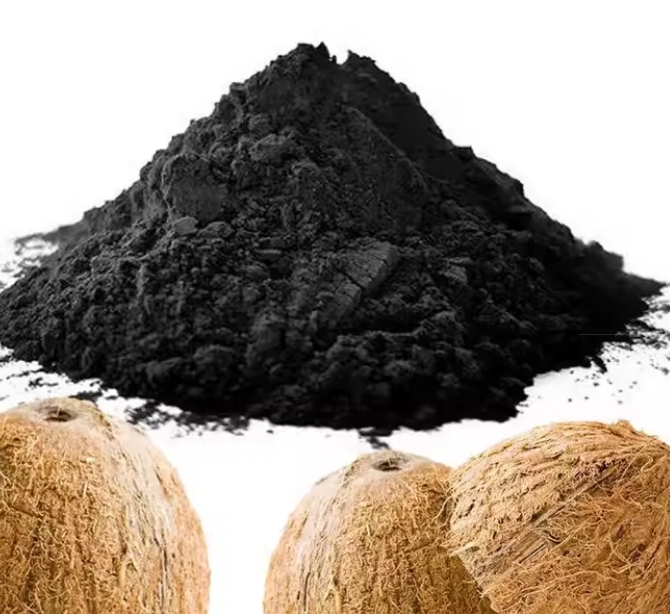Activated carbon, as a multifunctional adsorption material, is widely used in water treatment, air purification, gold extraction, drug preparation and other fields. In the classification of activated carbon materials, coal-based activated carbon and coconut shell activated carbon are two important types of activated carbon.

- Raw materials: The raw materials of coal-based activated carbon come from peat, bituminous coal, and anthracite coal, which are obtained through high-temperature pyrolysis and gasification. However, due to large impurities, it is difficult to be used in high-demand filtration and purification fields; while coconut shell activated carbon Coconut shell is used as the main raw material and is produced through high-temperature pyrolysis and physical activation. It has a developed pore structure, high strength, low impurity content, appropriate particle size, and low resistance; the raw materials between the two directly determine the performance of the two activated carbons. Physical properties and chemical composition.
- Apparent density and particle size: The particles of coal-based activated carbon are relatively small and the apparent density is relatively high. This makes it have a more delicate surface texture during the adsorption process and can more fully contact the target substance. Coconut shell activated carbon particles are relatively large and have a relatively low apparent density, so they are more suitable as filler materials in some scenarios.
- Pore structure: Coal-based activated carbon usually has more macropores, making it excellent in both gas adsorption and liquid phase adsorption. There is a relatively uniform pore structure on the surface of coconut shell activated carbon, and the pore walls of the large pores are covered with smaller pores, which has a particularly significant adsorption effect on small molecular substances.
- Adsorption performance: The adsorption performance of activated carbon is closely related to its pore structure. Coal-based activated carbon generally has a macromolecular pore structure, and the bubble phase produced is relatively large. Coconut shell activated carbon has a small molecule pore structure. When coconut shell activated carbon is placed in water, the air exhausted when it absorbs water molecules will produce many very small blisters (visible to the naked eye), which continue to float to the surface of the water. However, the activated carbon of two different materials needs to be selected according to the specific application scenario and the properties of the required adsorbed substances.
- Environmental protection and renewable nature: Coconut shell activated carbon is more environmentally friendly in raw material selection. Coconut shell is a natural renewable resource, and its production process is relatively environmentally friendly. The preparation of coal-based activated carbon involves environmental resources such as coal mining, which has a relatively greater impact on the natural environment.
- Price: In price, the price of coconut shell activated carbon is higher than that of coal-based activated carbon. The main factors are the source of raw materials and the performance structure of activated carbon;



